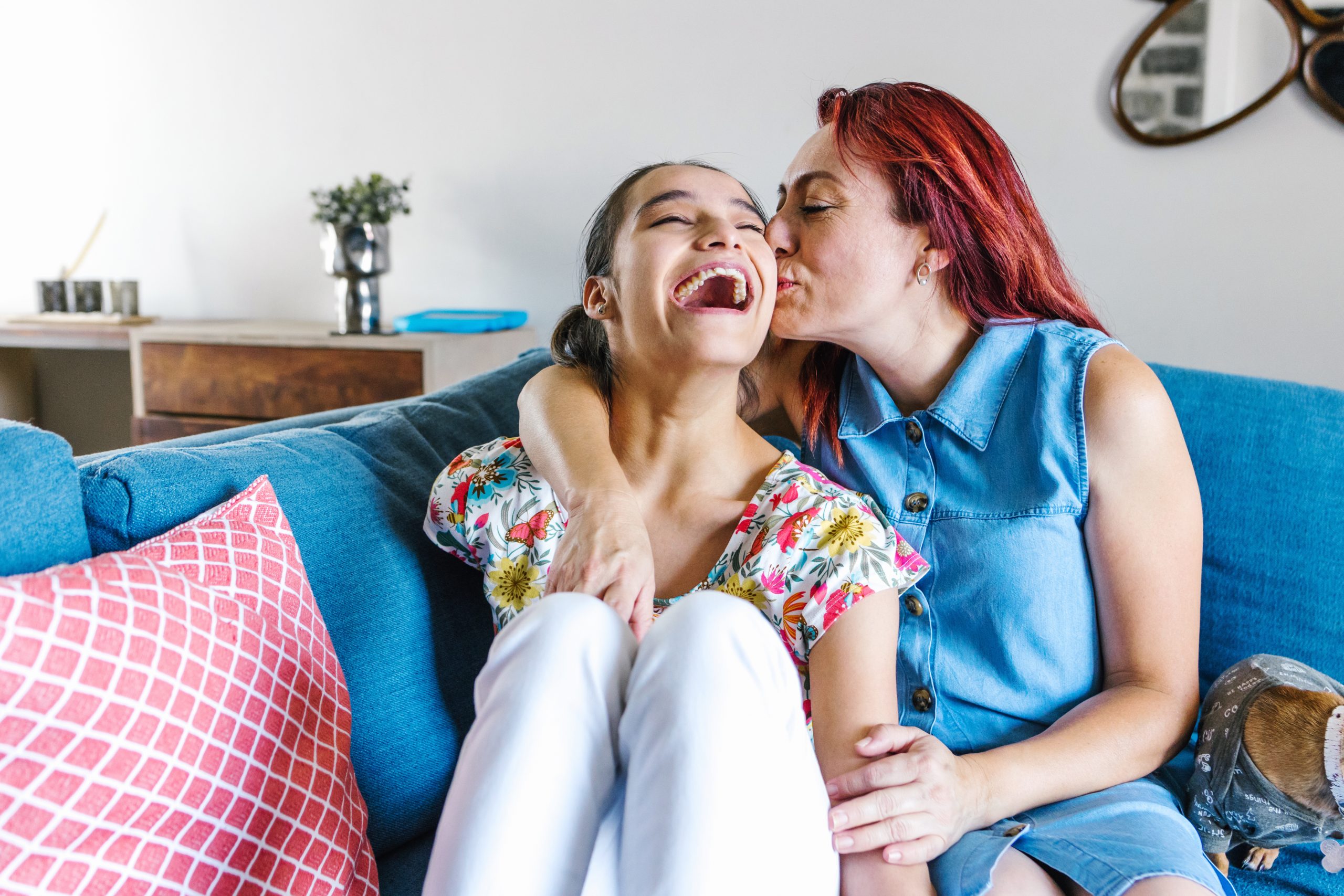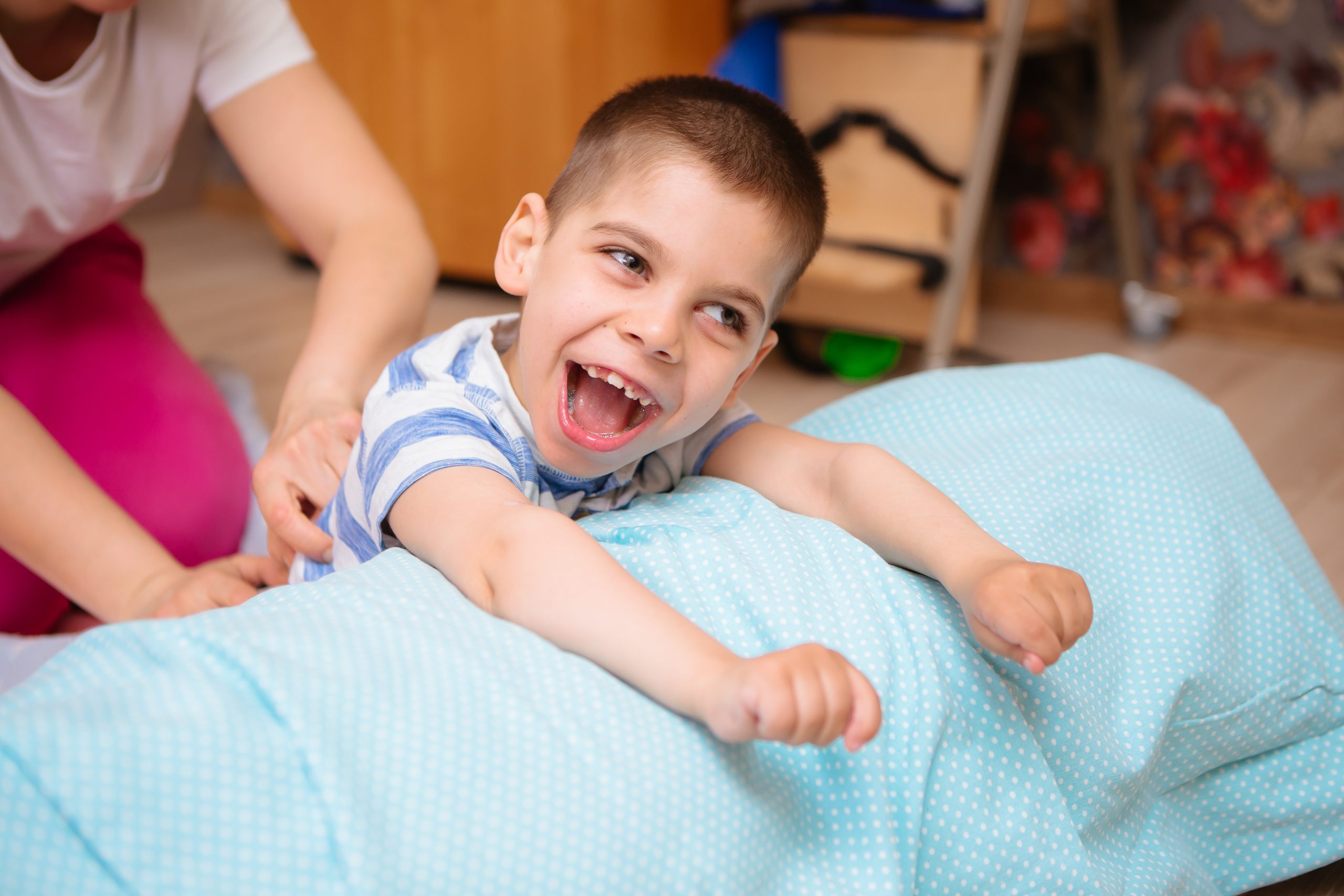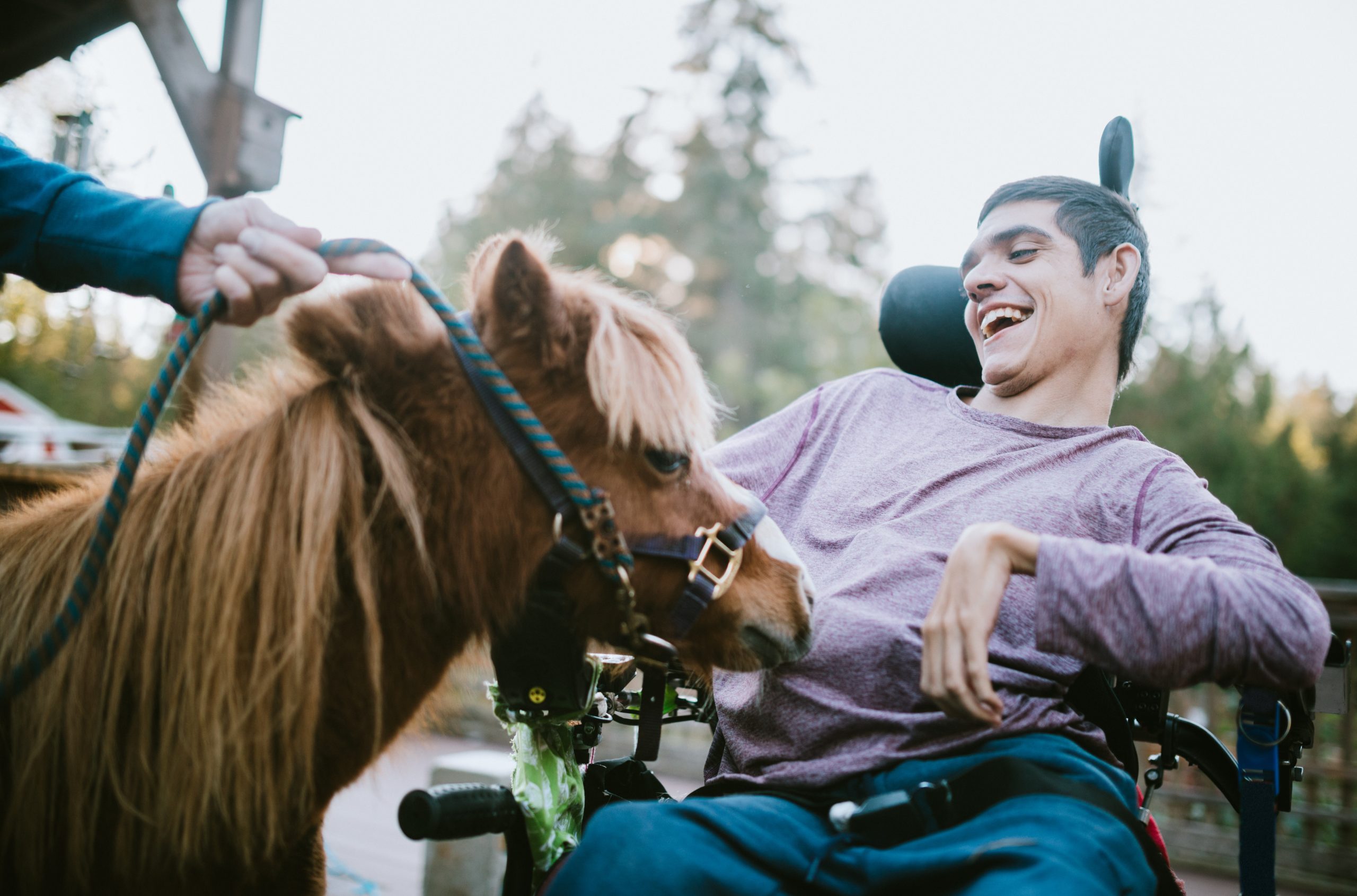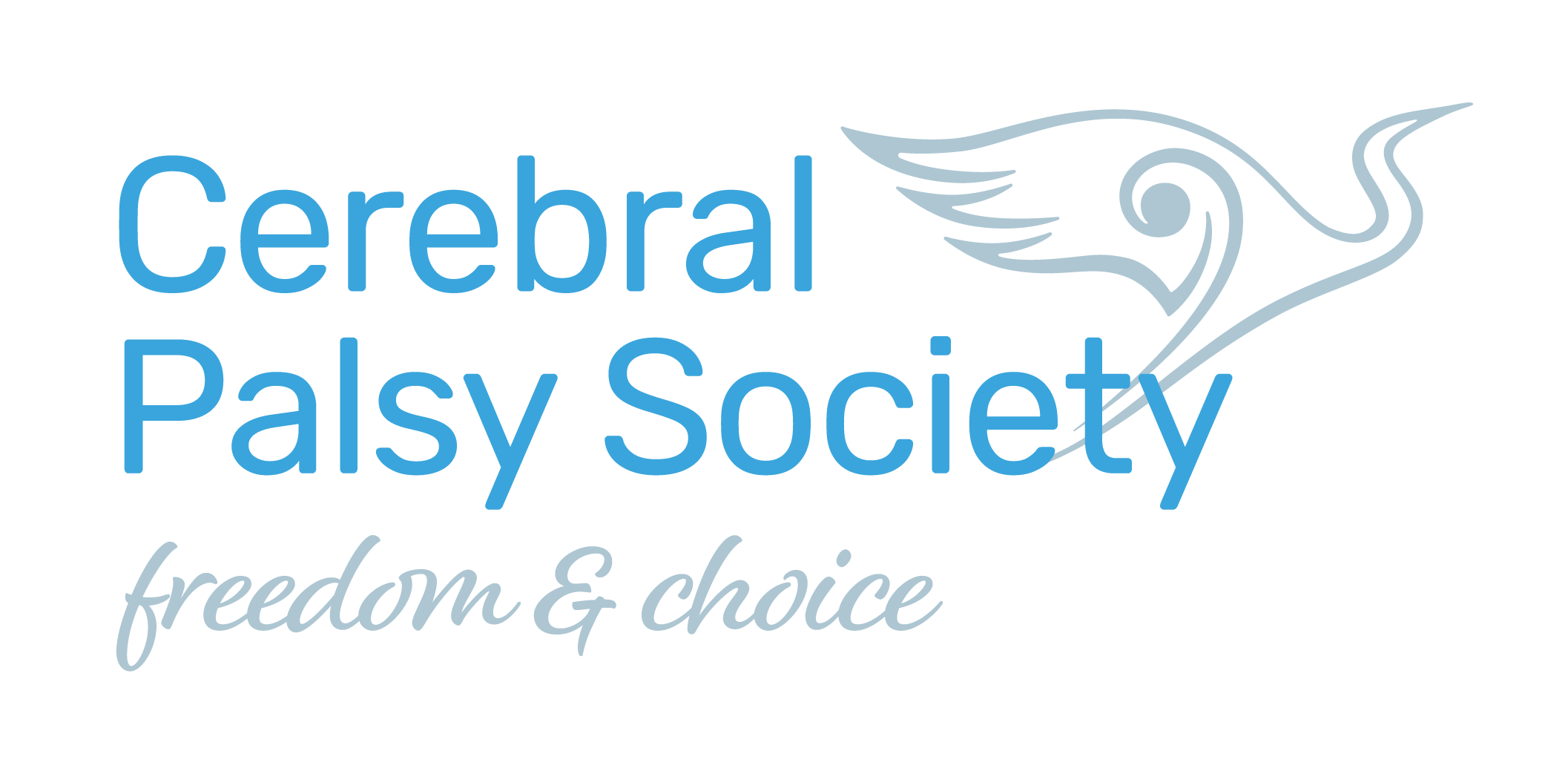Management – to achieve what is important to you
The medical focus for Cerebral Palsy – Hōkai Nukurangi is often on the management of physical symptoms and associated conditions, to help with independence and ‘to achieve what is important to you’.
There is no ‘cure’ for all Cerebral Palsy. However, there are an ever-growing number of different methods or types of management.
There is ‘no one size fits all’ management for a person with Cerebral Palsy. The ‘best’ type of management depends on many factors, including symptoms, the needs of the individual and family at different ages and stages of life, where you live and resources available.
The goals of the person living with Cerebral Palsy, their family/whānau need to combine with health/education and other providers to identify strengths, abilities and what works for you and your family.

Examples of management for symptoms of Cerebral Palsy
A lifespan approach to treatment and interventions is needed as the focus and what is important for you to achieve will change greatly over time.
Examples across the lifespan:
- In the early years (0 -5 years) the focus in is on early intervention to assist with a child’s development, if there are delays or concerns about how they are progressing. Check out the Early Interventions chapter in the Cerebral Palsy – Hōkai Nukurangi: The Early Years Kete
- Ongoing health monitoring can be needed throughout childhood as the child grows and develops
- For school age children there is a focus on accessing the education curriculum
- For young adults the shift in management can move to maintaining physical function for participating in social, education, work and other activities
- For older adults it may also include management and prevention of pain and maintaining independence – cerebralpalsy.org.nz/motor-changes-and-the-concept-of-decline
How to choose interventions
Choosing interventions for yourself or your child with Cerebral Palsy can be challenging, as there are many options and lots of information now available from a wide range of sources.
One thing to think about when looking at different interventions, is having an understanding of what helps us all learn new skills.
Neuroplasticity is the brain’s ability to change and adapt through growth and reorganising.
Think about when you last learnt a new skill. Everyone needs to have opportunities to practice so our brain and muscles can learn what to do. If we aren’t successful the first time, we get feedback so we know what we need to do differently next time so we can improve and be successful.

Learning any new skills works best when:
- We have the essentials, such as good sleep, good nutrition, a safe environment, pain free
- Whānau/friend help to include new activities as part of everyday life
- We try to make the learning or practice fun, short and engaging (especially for children)
- The person is actively taking part in the activity – where possible, they are doing movements by themselves or helping with decisions about what to do
- Learning is challenging enough to learn the new skill but not so hard it is too much.
Examples of interventions include activities that involve:
- Functional activities – such as practice of walking, stairs, mobility tasks, standing, sitting, transfers
- Physical activity – (fine motor/gross motor) exercise, rehabilitation, muscle strength training
- Occupational tasks – dressing, bathing
- Speech and communication
- Eating and drinking
- Cognitive tasks
- Wellbeing for you and your family/whānau
- Participation in any activities that interest you

Cerebral Palsy – Hōkai Nukurangi management terms you may hear
|
Cerebral Palsy management examples |
Details |
|
Bimanual (both hands) or Bilateral (both sides) Therapy |
The aim is to improve hand and arm use, with activities designed to encourage coordination using both hands to complete tasks, activities and play. |
|
Botulinum toxin A called Botox® |
This treatment is used to reduce muscle spasticity and tightness in children with Cerebral Palsy. The treatment provides temporary reduction in muscle tightness to selected muscles. |
|
Conductive Education |
Conductive Education is a form of education and rehabilitation that is available in some centres in Aotearoa New Zealand. This form of rehabilitation is provided by Conductors (specialists trained in Conductive Education) who work on all areas of development – gross motor (rolling, crawling, walking, climbing stairs); hand skills; cognitive; communication/social skills and life skills. |
|
Constraint Therapy |
The aim is to improve hand and arm use, especially for children with one side of their body weaker than the other. This therapy involves wearing a glove or mitt to restrict use of the stronger hand or arm during therapy, so the other hand or arm does more work and gets stronger. |
|
Enriching the environment
|
Having an ‘environment’ that helps someone learn can include being in social, indoor and outdoor environments and the use of different sensory textures, colours and toys. |
|
Goal directed |
Therapy works best when there is a clear goal or task that a person wants to do. This keeps therapy relevant, and you can measure and monitor it if things are not working and need to change. |
|
Intensive(s) |
This is about the amount of time or number of hours a day a person takes part in a therapy. This is based on the idea that repeating activities is helpful for you to learn new skills. |
|
Intrathecal baclofen |
This is a treatment for children with a lot of muscle spasticity and tightness, that is impacting their ability to do activities. Baclofen is a medicine that relaxes the muscles and can be delivered via a permanent pump in the child’s abdomen (tummy). |
|
Neuroplasticity
|
This is the ability of the brain to change and adapt through growth and reorganising. Neuroplasticity happens during growth and development, and after an injury. To help with neuroplasticity people need lots of practice in activities that are engaging, active and fun. |
|
Repetition
|
When you learn a new skill, you will need to practice a lot. When children play and explore, they are automatically practicing and repeating a whole range of new skills. Children with movement challenges may not have the same opportunities to move, explore and play by themselves so therapy intervention can help to set up an environment allowing them to repeat practice and play more easily. |
|
Selective Dorsal Rhizotomy (SDR) |
SDR is a surgical procedure to reduce muscle tightness in the leg muscles in children with Cerebral Palsy. The surgical process of cutting sensory nerve roots in the lower spinal cord is combined with intensive therapy and rehabilitation afterwards to get the best possible function. The surgery is not done in Aotearoa New Zealand, but doctors here can advise on whether it may be suitable for your child. |
|
Surgical intervention |
Orthopaedic surgery may be required for people with Cerebral Palsy throughout the lifespan. Monitoring of the bones and muscles is very important in childhood as they are still growing. |
|
Task specific
|
Learning works well when you can practice at ‘just the right’ level (not too hard, not too easy). |

